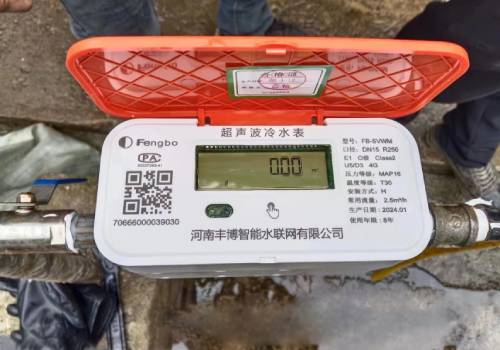
1. Select the Right Meters:
* Choose meters with proven accuracy and reliability.
* Consider the specific needs of your building (e.g., number of units, water usage patterns).
* Integrate with existing building management systems (BMS) for centralized monitoring and control.
2. Install and Configure Properly:
* Follow manufacturer's instructions for installation and configuration.
* Ensure connectivity to a secure network for data transmission.
* Set up alerts for unusual water usage patterns to detect leaks early.
3. Track and Analyze Data:
* Establish a regular monitoring schedule to review water usage data.
* Identify trends, anomalies, and potential areas for optimization.
* Use data analytics tools to gain insights into water consumption patterns.
4. Promote Water Conservation:
* Provide tenants with real-time water usage data to encourage conservation.
* Implement water-saving strategies based on data analysis, such as adjusting irrigation schedules or installing low-flow fixtures.
5. Integrate with Other Smart Systems:
* Connect water meters with other smart building systems (e.g., HVAC, lighting) to optimize overall building performance.
* Integrate data with energy management systems to identify correlations between water and energy consumption.
6. Maintain and Calibrate Regularly:
* Schedule regular maintenance and calibration to ensure accuracy and prevent data integrity issues.
* Monitor battery levels and replace as needed to ensure continuous operation.
7. Seek Professional Support:
* Consider partnering with water management companies or consulting engineers to optimize smart water meter usage and maximize benefits.
* Consult with experts for guidance on data interpretation, leak detection strategies, and conservation measures.